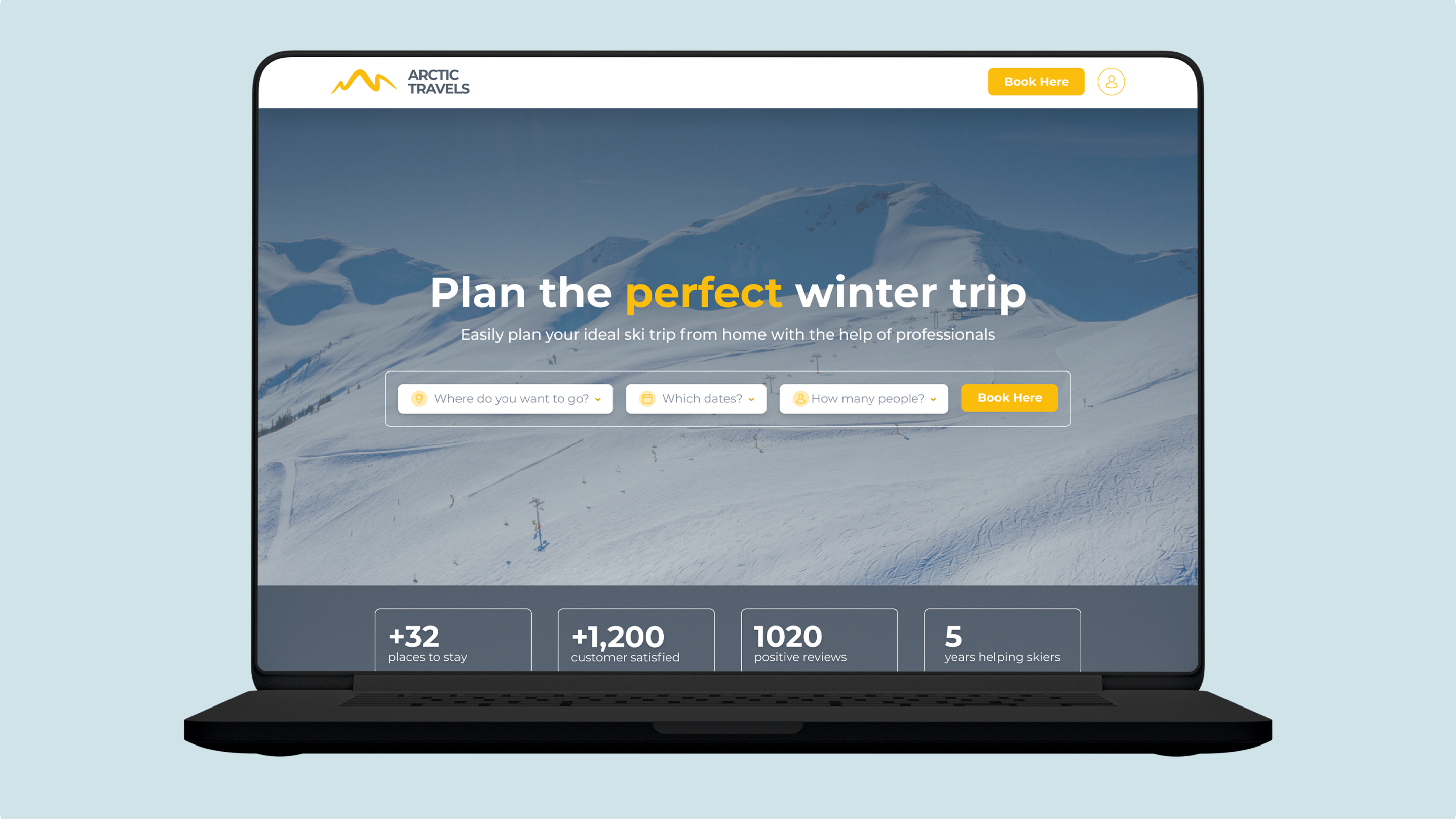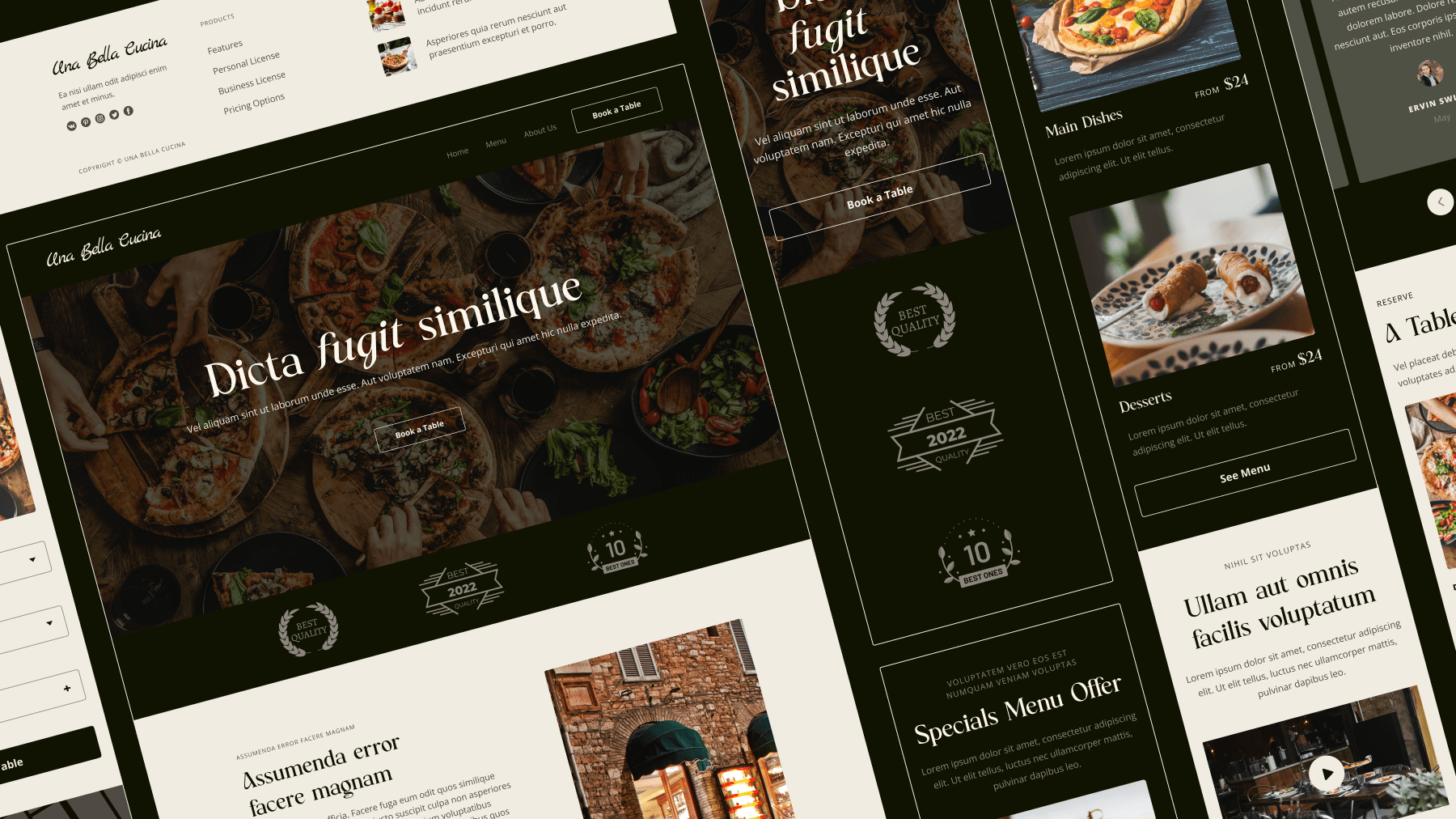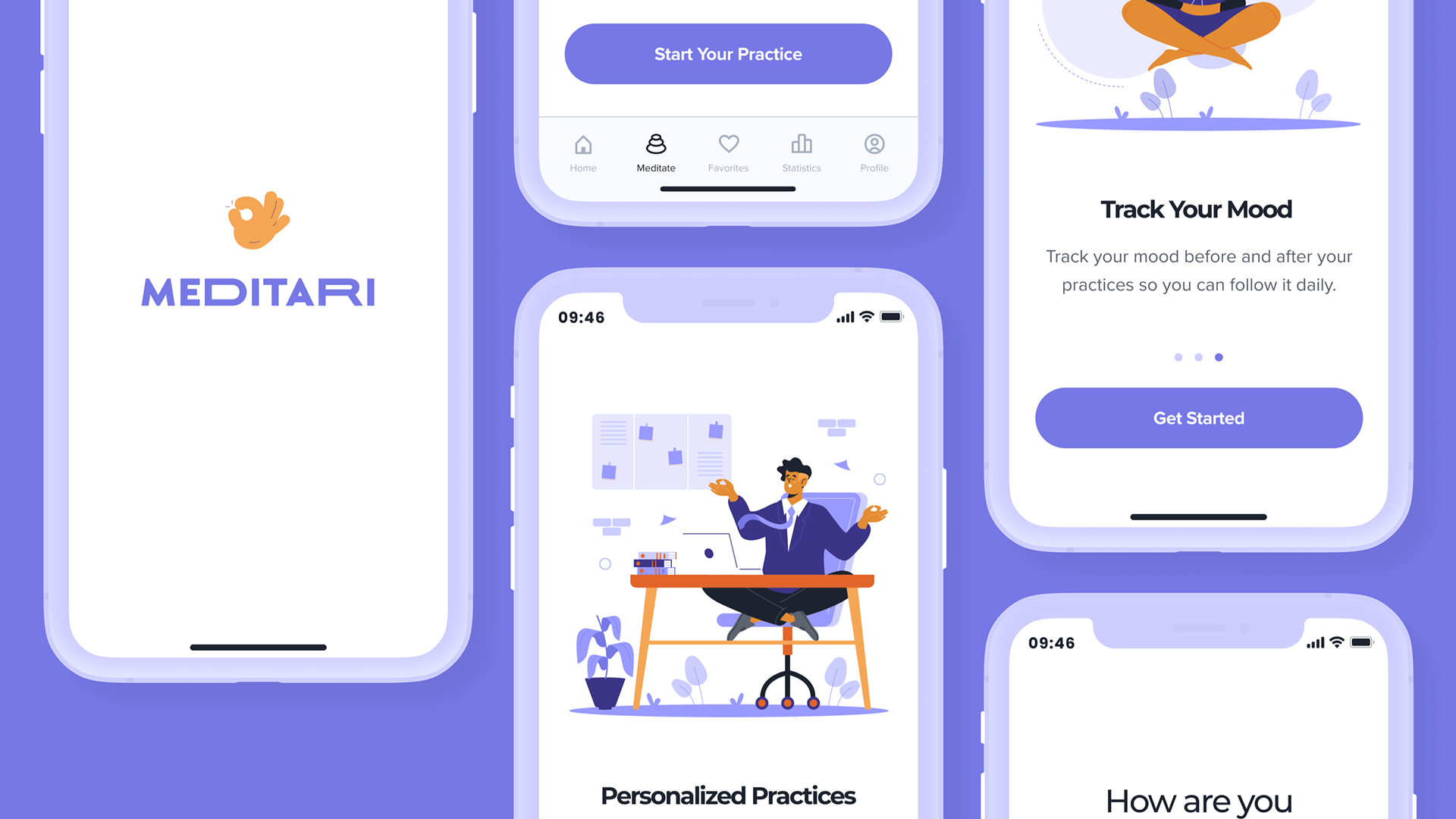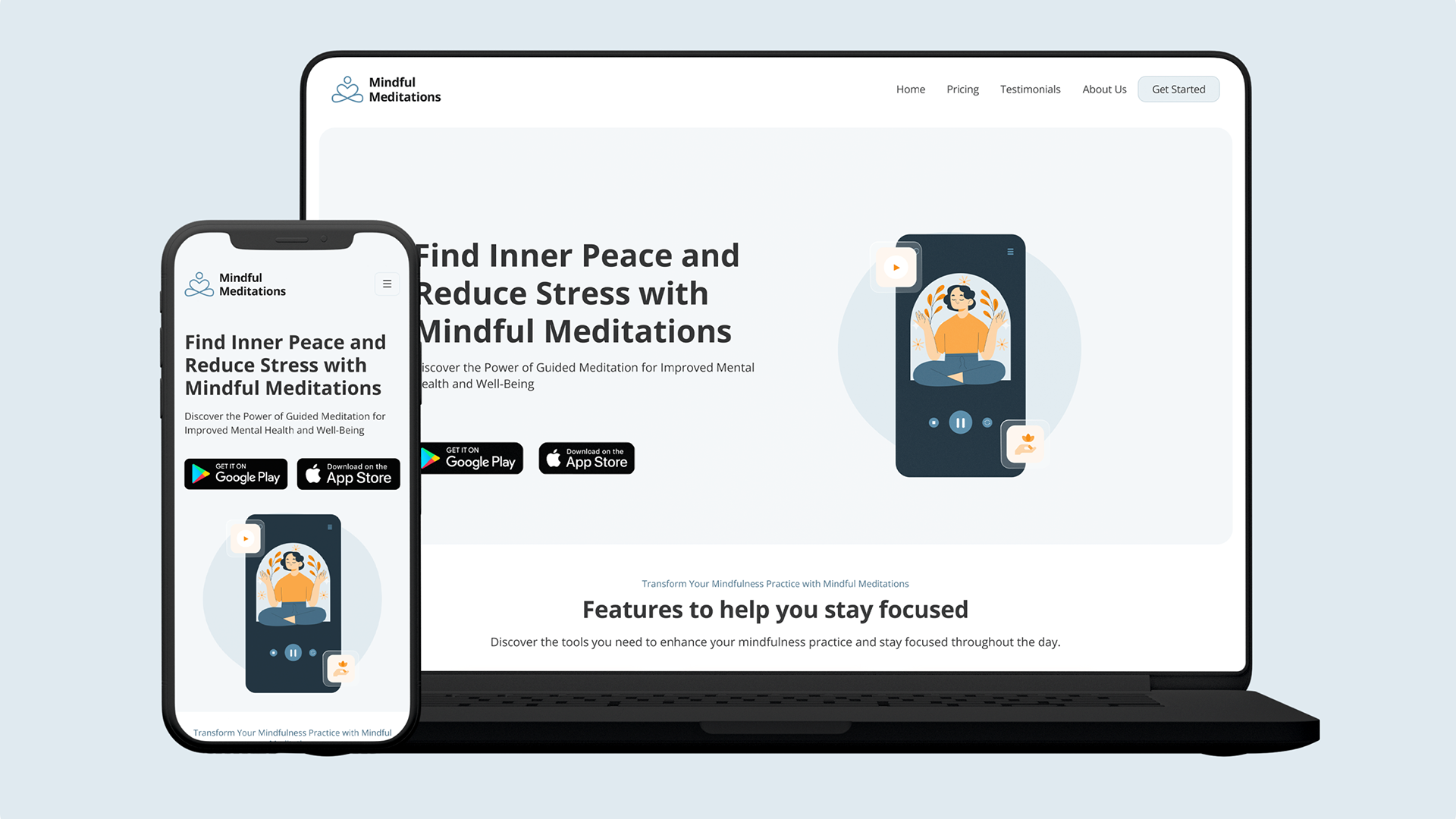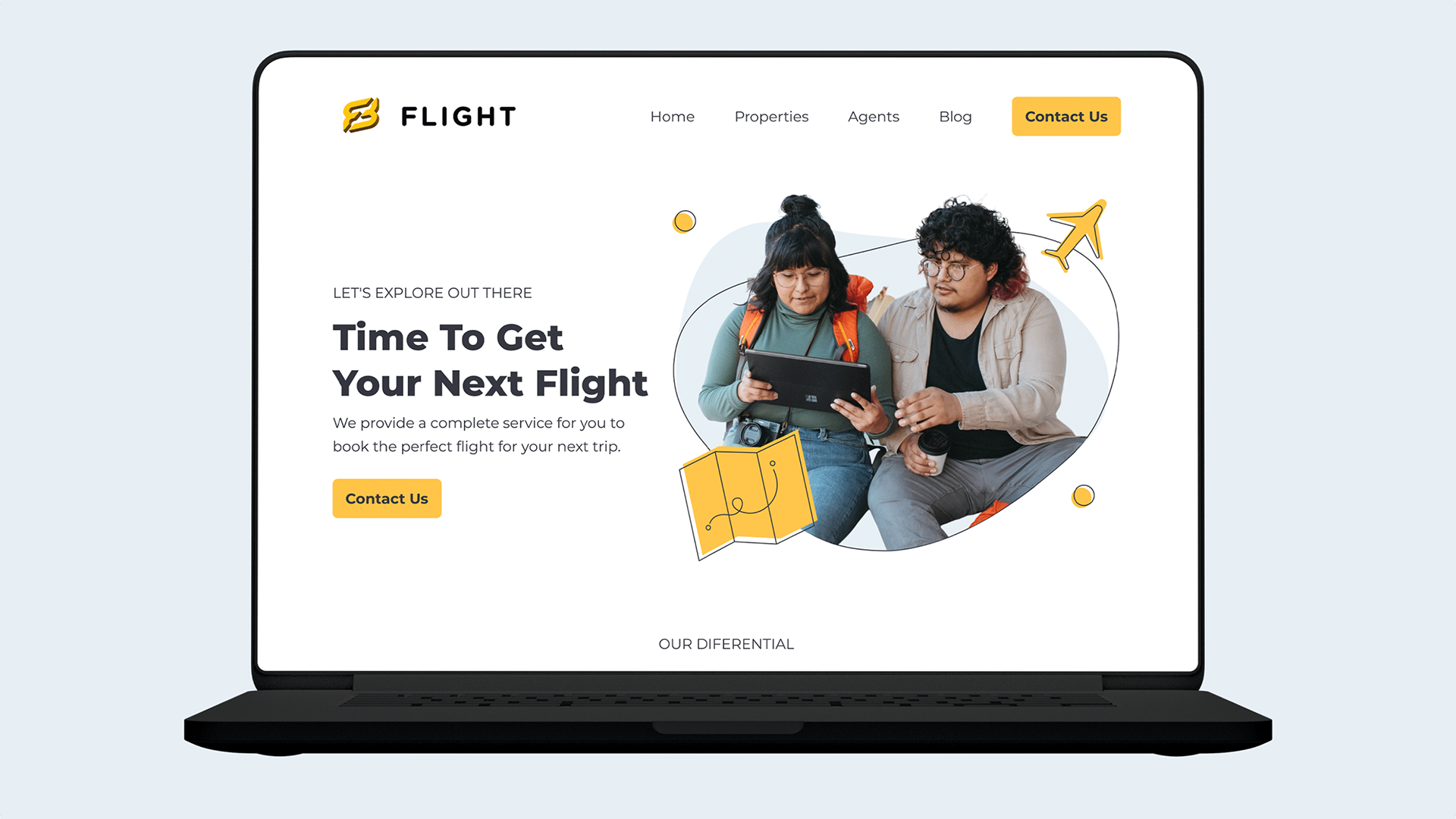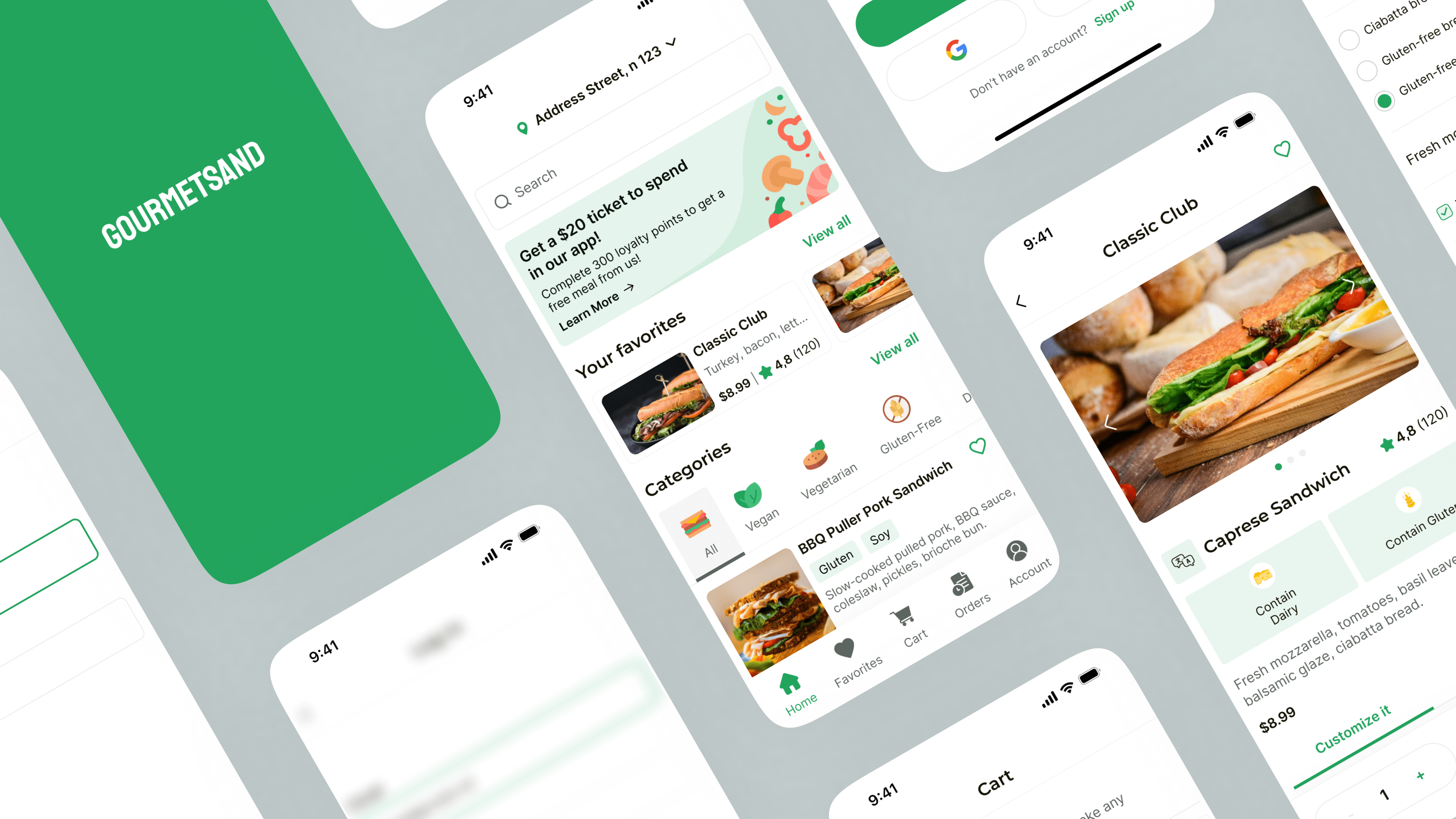MentalHelper
A mobile app for supporting +60y individuals in accessing Mental Health Resources.
My role:
Solo student project
TIMELINE:
4 weeks @ Google UX Professional Coursera
TOOLS
Figma, G Suite, WhatsApp
SKILLS
User research, sketching, wireframing, prototyping, and user testing.
The problem
Individuals +60y often struggle to find information and resources regarding mental health, and that makes them misinformed about that.
I remember to this day the day my grandpa discovered he was suffering from depression. He was so worried about the diagnosis that when the doctor told him he was having depression and could take meds for that, he called me smiling and saying it was "just depression" and it was treatable. I have taken care of my mental health for almost 12 years now; it has always been an essential part of me, and I'm thankful that I had the resources to start. However, I know that not everyone has the resources or even knows what mental health is, especially the elderly ones. My grandpa could have had an earlier diagnosis if he had the resources - and that's what motivated me to do this project, so thinking about my relatives, especially him, and their struggles in accessing these resources, I wanted to explore more on this topic, understanding their pains and how do they actually access these resources.
DESK RESEARCH
Access to mental health resources and its stigma can also create barriers for older adults who would need treatment.
During the Desk Research, I wanted to understand the relationship between mental health and +60y individuals.
• Mental Health includes our emotional, psychological and social well-being;
• However, access to it and its stigma can also create barriers for older adults who would need treatment;
• Many +60y individuals are subject to ageism, which can seriously affect their mental health;
• According to a study from 2019, around a quarter of deaths from suicide are among +60y individuals.
benchmark
There is a lack of user-friendly applications for +60y individuals
During the benchmark preparation, I faced trouble finding applications made for my target group - there are a lot of mental health applications available, but most of them lack accessibility and are targeting younger people. For that, I compared 3 applications I found by searching on Google, looking for applications related to my problem statement: Sanvello, Wysa and MindMate.
• Wysa is a mental health app that utilizes AI-driven chatbots to offer emotional support, self-help tools, and therapy resources;
• Sanvello combines evidence-based therapeutic techniques with technology to provide users with tools for improving their mental health;
• Mind Mate is an app that focuses on dementia care and cognitive health. It offers a range of features designed to support individuals with dementia and their caregivers.
• Each app includes mood tracking or journaling features, allowing users to record their emotions and thoughts, promoting self-awareness.
• They all offer a library of content such as articles, exercises, or resources related to mental health and well-being.
Opportunity: A user-friendly mobile application for +60y individuals, focusing on simple and intuitive design with features like larger fonts, clear icons, and voice commands. Collaboration with mental health professionals to incorporate evidence-based material could further enhance the app's value.
User Surveys
64% of users deal with mental health issues by talking with family and friends
A User Survey was conducted through Google Forms with +60y individuals, having 17 answers.
User interviews
Users don't have support with mental health problems, dealing with it on their own
I interviewed four individuals who previously participated in the User Surveys through video calls on WhatsApp. Their ages are 62, 65, 76 and 80 years old.
The main insight was that they say they don't have support with mental health problems, dealing with it on their own and that they think their difficulty with technology is their fault.
Main Insights
After conducting an Affinity Mapping and grouping data into themes, I discovered the following insights:
Empathy Map
User Persona
User Journey
Scenario: Marta is in search of a mental health app that is easy to use and has reliable resources and literature. She often finds it challenging to use technology and prefers an app that she can use without requiring assistance from her kids, who live far away.
HOW MIGHT WE
HMW create a seamless and +60y-friendly experience that users can use without needing to ask for external help to access information on mental health and that they feel supported by it?
Exploring the Insights found and thinking about "How Might We's" related to that. The one I have chosen to focus on is this:
HMW create a seamless and +60y-friendly experience that users can use without needing to ask for external help to access information on mental health and that they feel supported by it?
MY SOLUTION STATEMENT
A user-friendly and reliable mobile app that empowers users to feel in control during use.
With easy-to-navigate menus, a user-friendly design, intuitive features, and minimal need for technical knowledge or assistance.
Features I would like to add: Homepage, Search Topics, Videos, Articles, Settings, Contact with Professionals, SOS Assistance, Mood Check-In.
Task Flow
As I wanted the app's primary goal to be for the user to be able to access mental health resources, I started thinking about a flow for accessing resources based on their mood track.
Accessing Mental Health Resources
Mid-Fidelity Wireframe
Moodboard
Components
High-Fidelity Design
After completing the components, the next step was to replace the mid-fidelity wireframe with the final components that already had the overall style applied - some extra ideas appeared during this phase as well.
See the Prototype here.
Usability Test
A usability test has been conducted with one user so far. The insights from the test indicate that the user faced difficulty in selecting the appropriate answer for the first question, "How are you feeling?" when asked to perform a task that required them to check that they were feeling sad. The user was unsure whether to select "Not good" or "So so" and thought that "Sad" could fit into "So so". However, the user completed the rest of the steps smoothly.
Learnings
This project was challenging in different aspects:
- Firstly, accessibility is a huge and vast topic, and I would like to explore it further. Additionally, finding references for other apps and UI design based on accessibility was challenging.
- Secondly, the usability test didn't go as smoothly as other tests I used to do with users online on a video call. The user needed assistance from other people to perform the test from their phone (they don't use a laptop), which might have influenced the feedback and made it biased. It would be better to explore more ways to conduct the test online with people who are only using mobile devices.
- Firstly, accessibility is a huge and vast topic, and I would like to explore it further. Additionally, finding references for other apps and UI design based on accessibility was challenging.
- Secondly, the usability test didn't go as smoothly as other tests I used to do with users online on a video call. The user needed assistance from other people to perform the test from their phone (they don't use a laptop), which might have influenced the feedback and made it biased. It would be better to explore more ways to conduct the test online with people who are only using mobile devices.

